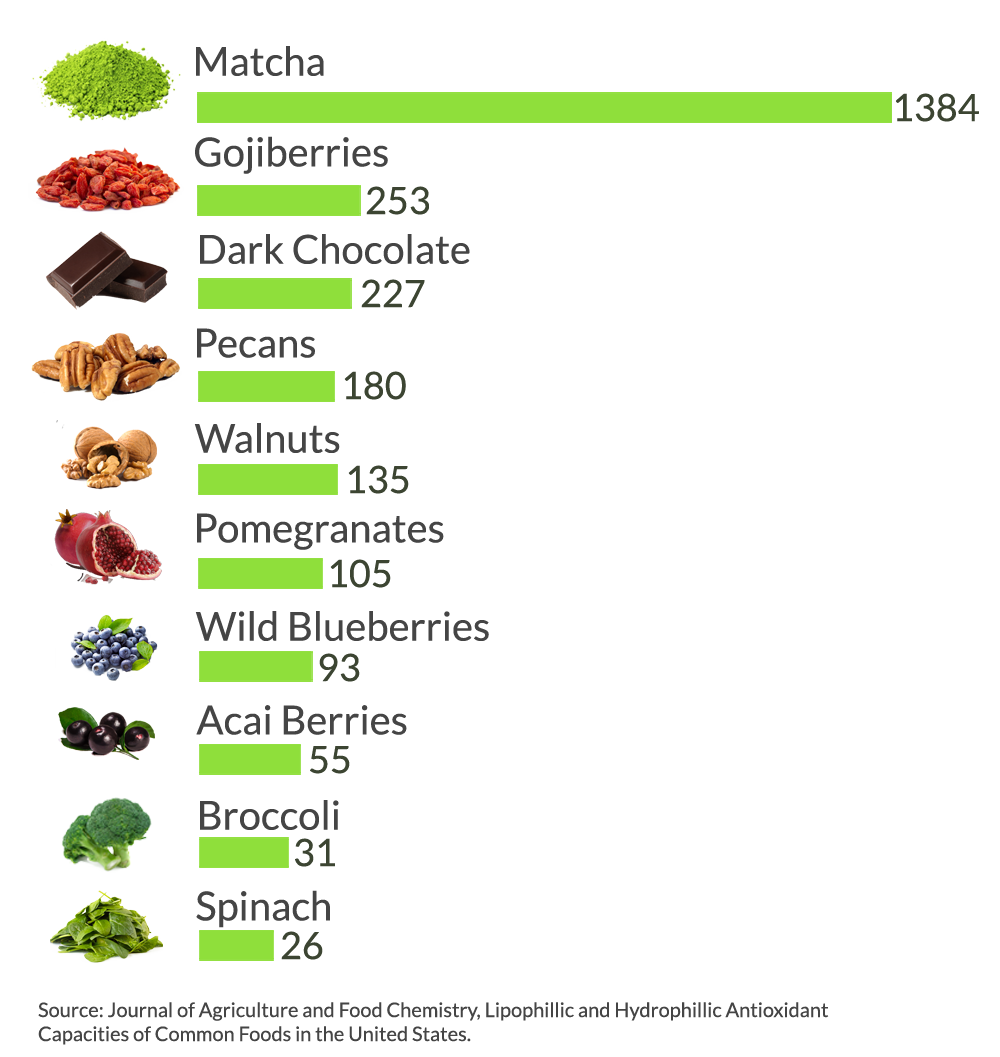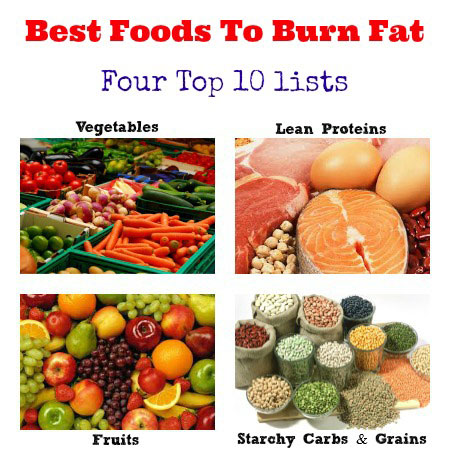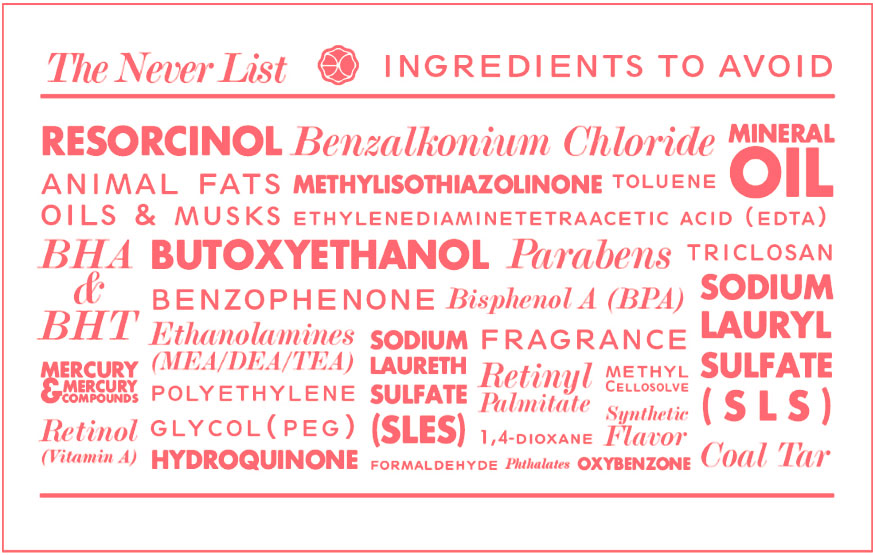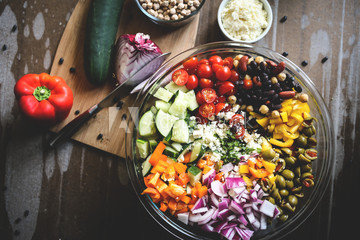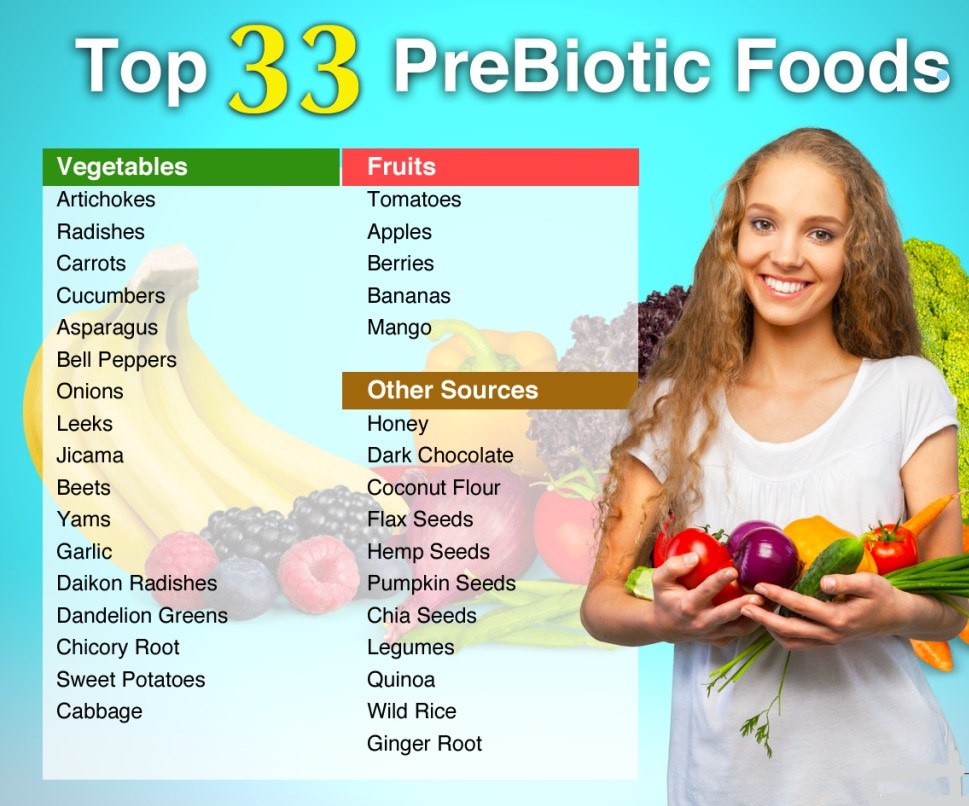It is unfortunately well known that the cure for Alzheimer’s Disease is still under investigation. However researchers are beginning to uncover that even without a cure, prevention may be possible just by exercising certain ways of life. Studies have exhibited that with appropriate diet, activity level, and cognitively stimulating hobbies the symptoms of AD can be suppressed.
With this information in mind, we have been looking for activities that will contribute to a healthy diet, physical activity, and mental stimulation.
We have found that gardening has been proven to have healing affects and is a therapeutic community activity.
Unfortunately, with age, comes physical and mental limitations. That’s why we have become huge advocates for hydroponic and aeroponic gardening.
This type of gardening is just as beneficial as traditional gardening and it eliminates all of the stress and frustrating extrinsic influences (weather, bugs, pesticides, etc.). When deciding on the kind of hydroponic/aeroponic garden it is important to do research in order to discover one most suitable for your lifestyle. After doing our own research, we found The Tower Garden by Juice Plus.
What we value most about the Tower Garden is its appeal to all age groups. We are proud to have donated Tower Gardens to various schools, organizations, and assisted living communities. We have observed firsthand the TG’s lasting benefits on all ages for innumerable reasons. Among the groups of individuals that we have seen benefit from the TG, is the group that is suffering from cognitive decline, including AD and Dementia. It was important that the TG could be enjoyable for all family members, because our goal was to create an activity for visitors and residents to bond over together during the visits. It can be difficult to check a loved one into an assisted living facility, however from observation, this transition can be easier and less daunting if parts of pre-assisted living life are continued once checking into a facility.
Hydroponic gardening has the power to transform a place into a home by providing this communal activity that promotes the creation of life by simply planting a seed. The act of gardening encourages the feeling of purpose among all those affiliated. The progress of the garden symbolizes something to look forward to each day.
In addition to the mental benefits, another perk of hydroponic gardening is that it eliminates the aspects of gardening that are physically demanding, such as kneeling, digging, weeding, etc. The TG specially has a vertical design, which protects the gardener from injuries that are frequently caused by bending down.
The Tower Garden has the ability to enhance motor and sensory skills, improve social interactions, maintain high levels of cognition and interest, increase attention span, proliferate brain volume and grey matter, decrease agitation and aggression, and provide a strong sense of community. Overall, serving as a type of therapy for those suffering from cognitive disorders.
Posted in: Health, JuicePlus, Nutrition
Leave a Comment (1,688) →
